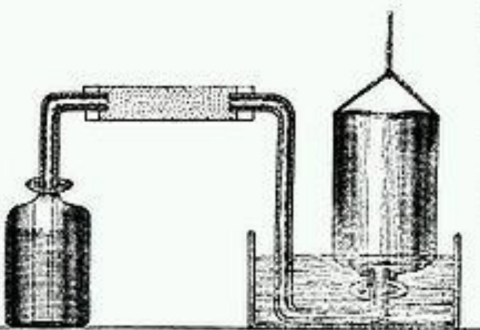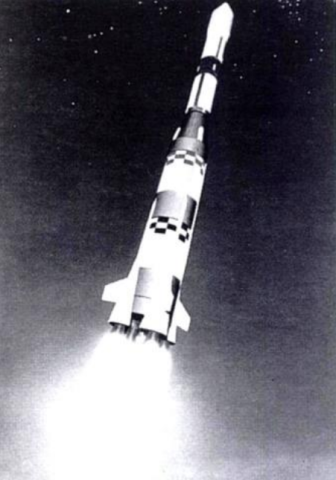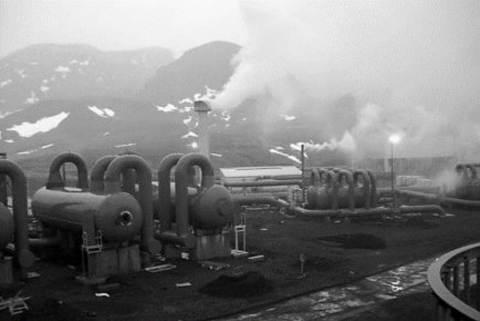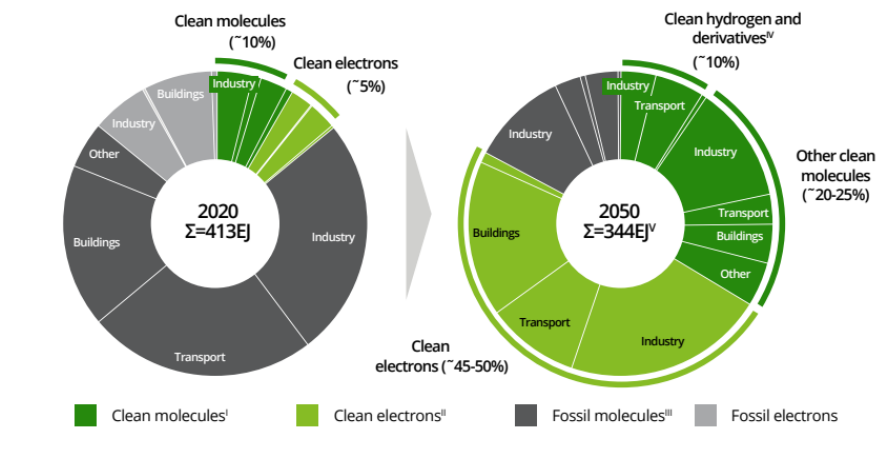Introduction to hydrogen
Did you know?
Hydrogen is the most abundant element in our universe, making up about 75% of its total mass. On Earth, naturally occurring hydrogen gas is found in very small quantities. Instead, most hydrogen atoms are bound to other atoms – for example, water is a molecule containing hydrogen and oxygen atoms.
Since it takes energy to separate hydrogen from these other atoms, it is an energy carrier and not an energy source.
Hydrogen has the potential to be a clean energy carrier. It can, for example, be produced from water using renewable energy sources. To release this stored energy, it can be oxidised, resulting again into water to close the cycle.
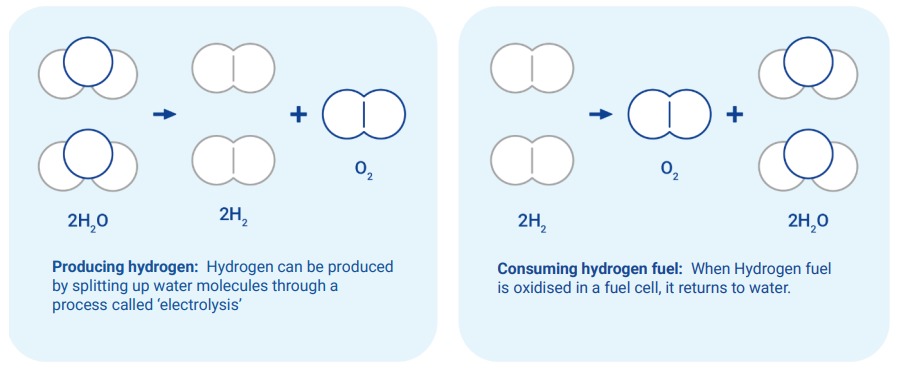
Hydrogen has very high energy for its weight, which is why it is used as a rocket fuel and in fuel cells to produce energy on some spacecraft. However, it has a very low energy for its volume, requiring the development of advanced storage methods that have potential for higher energy density

 Log in
Log in
 Search
Search


